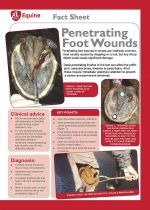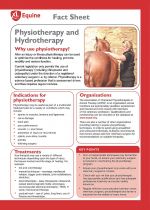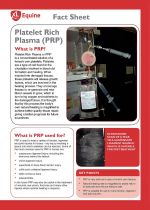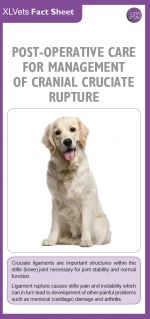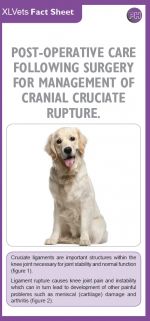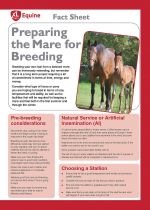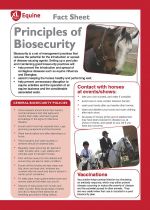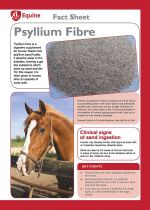Factsheets -
Below are Word and PDF files of our Factsheets. You will need Adobe Reader to view the PDF files - if you need to download Adobe Reader please click here.
Please note: some of these factsheets are several pages long and are large files, so please be patient when downloading!
Penetrating Foot Wounds
Penetrating foot wounds in horses are relativley common, most usually caused by stepping on a nail, but any sharp object could cause significant damage.
Pet Insurance
In recent years veterinary medicine has become increasingly more sophisticated. We are able to diagnose and treat conditions that a few years ago would have remained undetected. The downside of these advances is an increase in the associated costs. This leaflet is designed to help you understand pet insurance, how to select the policy that is right for you and where it can help.
Physiotherapy and Hydrotherapy
After an injury or illness physiotherapy can be used to optimise the conditions for healing, promote mobility and restore function.
Current legislation only permits the use of ‘physiotherapy’ (including chiropractic and osteopathy) under the direction of a registered veterinary surgeon i.e. by referral. Physiotherapy is a science based profession that is assessment driven and thus requires regular reviews.
Platelet Rich Plasma (PRP)
Platelet Rich Plasma or PRP is a concentrated solution of a horse’s own platelets. Platelets are a type of cell found in the circulation involved in blood clot formation and healing. When injected into damaged tissues, these platelets will release growth factors, which are involved in the healing process. They encourage tissues to re-generate and new blood vessels to grow, which in turn bring oxygen and nutrients to the damaged tissue. It is thought that by this process the body’s own natural healing is magnified to achieve better quality tissue repair, giving a better prognosis for future soundness.
Post-Operative Care Following Surgery for Management of Cranial Cruciate Rupture
Cruciate ligaments are important structures within the knee joint necessary for joint stability and normal function. Ligament rupture causes knee joint pain and instability which can in turn lead to development of other painful problems such as meniscal (cartilage) damage and arthritis.
Post-Operative Care Following Surgery for Management of Cranial Cruciate Rupture - Extended Factsheet
Cruciate ligaments are important structures within the knee joint necessary for joint stability and normal function. Ligament rupture causes knee joint pain and instability which can in turn lead to development of other painful problems such as meniscal (cartilage) damage and arthritis.
Preparing the Mare for Breeding
Breeding your own foal from a beloved mare can be immensely rewarding, but remember it is a long term project requiring a lot of commitmnet in terms of time, energy and money.
Principles of Biosecurity
Biosecurity is a set of management practices that reduces the potential for the introduction or spread of disease-causing agents. Setting up a yard plan and maintaining good biosecurity practices will:
- help prevent the introduction and spread of contagious diseases such as equine influenza
and Strangles;
- assist in keeping the horses healthy and performing well;
- help prevent unnecessary disruption to equine activities and the operation of an equine business and the considerable associated costs.
Psyllium Fibre
Psyllium fibre is a digestive supplement for horses. Made from psyllium seed husks, it absorbs water in the intestine, forming a gel like substance which picks up sand and dirt. For this reason it is often given to horses after an episode of sand colic.
Rabbits as Pets
Rabbits are the third most popular British pet; here are some pointers that XLVets recommend to help keep your rabbit fit and healthy!
